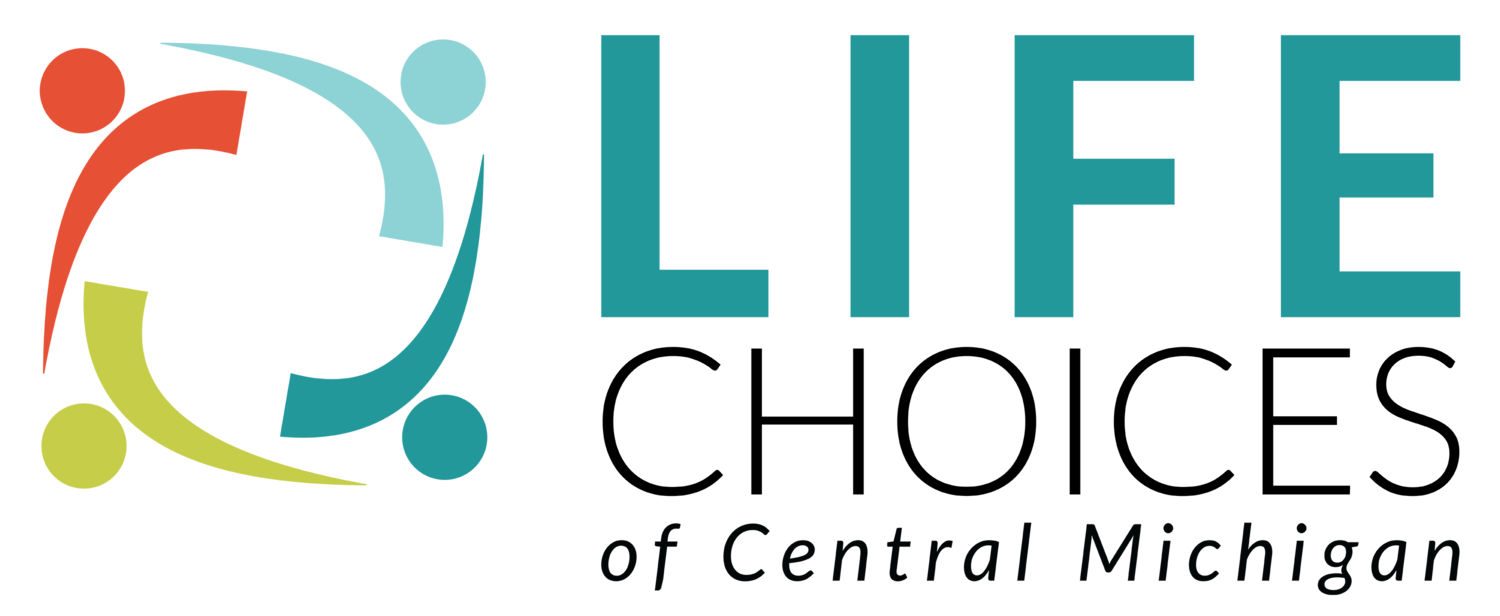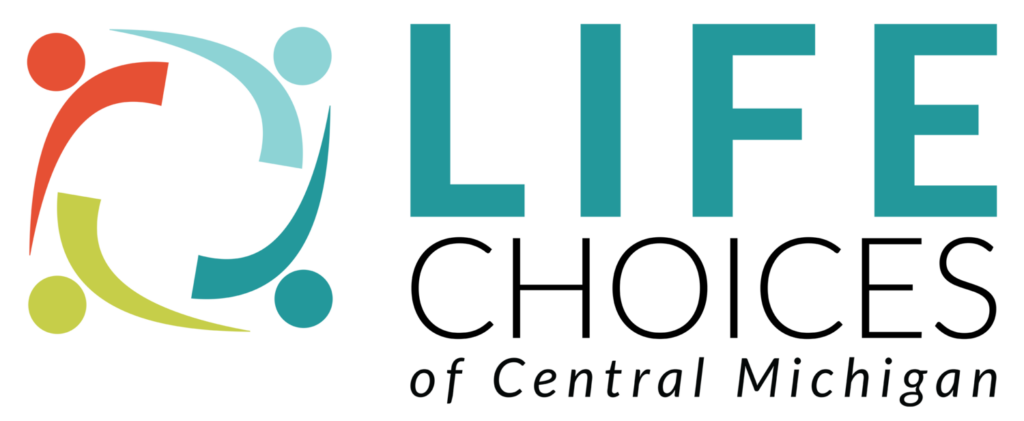PRENATAL DEVELOPMENT
Schedule Your Appointment Today
Build the life you want tomorrow, by making good choices today.
During pregnancy, the growth of the unborn child advances rapidly. Take a few minutes to read through the weekly development below.

CONCEPTION DAY
The egg and sperm most often unite in the fallopian tube (tube from the ovary to the uterus) to form a single cell called a zygote. The zygote contains 46 chromosomes, 23 chromosomes from each parent. This tiny new cell, smaller than a grain of salt, contains all the genetic information for every detail of the new created life- the color of the hair and eyes, the intricate fine lines of the fingerprint, the physical appearance, the gender, the height and the skin tone. This new life is now called an embryo.

DAY 2-5 (AFTER CONCEPTION)
The embryonic cells continuously divide while traveling down the fallopian tube before arriving at the uterus, around days 3 to 4. Meanwhile, the lining of the uterus prepares for implantation.

DAY 6-10 (AFTER CONCEPTION)
The embryo begins to implant in the lining of the uterus on about day 6. Once this occurs, hormones trigger the mother’s body to sustain the pregnancy and prevent her monthly periods. The embryo around day 8 is about the size of the “period” used in this sentence (or 0.1mm).

WEEK 4
By now, the embryo is completely attached to the lining of the uterus. There is enough of the pregnancy-specific hormone (hCG) circulating in the mother’s blood to give a positive pregnancy test.

WEEK 5
The foundation for every organ system is already established and beginning to develop. At this age, the first signs of brain development are evident, and the ribs, vertebrae and muscles begin to form. The developing lungs are evident, and the heart, about the size of a poppy seed, is the first organ to function. The beating heart can be seen on ultrasound.

WEEK 6
At this stage, the origin of the entire central nervous system (brain and spinal cord) is laid down. Eye formation, the jaws and upper limb buds are now visible. By the end of week 6, the lower limb buds can also be seen.
WEEK 7
The embryo makes its own blood in the liver, bone marrow and spleen. The upper limbs are paddle-shaped and the lower limbs are flipper-like.

WEEK 8
The elbows and fingers become evident. Some reports show that the embryo has spontaneous movement of the trunk and limbs, and can respond to touch by reflex. The vertebrae in the neck can bend, and the trunk is able to straighten. The baby is about ½” long.

WEEK 9
There is rapid development of the limbs and fingers, and the soft bony tissues of the upper limbs begin to calcify and harden. Development of the intestines is quite prominent as well. The developing ears and nose are visible and there is pigment in the retina.
WEEK 10
The upper and lower portions of the arms and legs are clearly seen. The bony tissues of the lower limbs begin to calcify. The fingers and toes are lengthening and are separate digits. For the first time in development, the arms and legs purposefully move. By the end of week 10, the embryo has very distinct human features, and weighs about 1/3 of one ounce. There are 20 tiny tooth buds present in the gums. The eyelids are developing and begin to close.
WEEK 11
Because the developing baby has all of the major organ systems, and is a distinctly recognizable human being, it’s no longer called an embryo. It is now known as a fetus, a Latin word for “young one” or “offspring.” At this stage of development, the fetus is about two inches long. During the next several weeks, the baby’s body will grow rapidly, and the tissues and organ systems will continue to mature and differentiate. The eyelids are fully formed and closed to protect the developing eyes. The baby can yawn and suck.
WEEK 14
The baby is able to urinate and swallow. Roughly three inches in length, the baby’s body is rapidly growing while growth of its head has slowed. You can see the beginnings of the fingernails and toenails. The baby is coordinated enough to find its thumb and suck it.

WEEK 16
At approximately four inches in length and weighing nearly three ounces, the fetus can coordinate the movement of the upper and lower limbs, though the mother will not likely feel it. Slow eye movements are noted for the first time. You can see the gender of the baby on ultrasound.
WEEK 18
The baby’s skeleton is hardening and calcifying and is visible on ultrasound. The external ear can be clearly seen on the outside of the head.
WEEK 20
Fetal movement, commonly known as “quickening,” can usually be felt by the mother. If the baby is female, her uterus is already formed and her ovaries contain eggs.

WEEK 22
At this stage, the pregnancy is about half over, and the mother is beginning “to show.” The fully formed eyelids of the baby remain closed and hair is visible on her head and body. The fetus is about 7.5 inches long. If the baby is male, his testicles are fully formed and are beginning to descend from the abdomen to the scrotum. The baby can now feel pain, possibly as early as 18 weeks. In fact, from now until about 32 weeks, pain is felt more intensely than any other time in development.
WEEK 24
The baby now weighs slightly more than one pound. A baby born at this stage of development has been known to survive, although there’s no guarantee. The fetus inhales amniotic fluid in preparation for breathing. Hearing is well established and the baby can hear its mother’s voice and heartbeat. The baby’s skin is pink, translucent and wrinkled. Rapid eye movements can be noticed, and the fetus may have a blink-startled response resulting from sound applied to the mother’s abdomen.
WEEK 28
The baby is now about 11 inches long and weighs about 2.5 pounds. With the support of intensive care, a fetus born at this stage is capable of breathing air, and the brain is developed enough to coordinate rhythmic breathing and regulate body temperature. The wrinkled fetal skin begins to smooth because of increased fat. The spleen is primarily responsible for making fetal blood. The eyelashes are clearly evident, and the eyes begin to open. The baby is able to respond to touch and sound, and also has fully functioning taste buds on the tongue.

WEEK 34
The baby, now about 19 inches from head to toe and weighing about five pounds, continues to grow and mature. By this stage of development, the eyes are wide open and if a light were shone into them, the pupils would constrict. The head is covered in hair, the fingernails have reached the tips of the fingers and the toenails are close behind. The baby has active sleep and wake cycles.
WEEK 34
The baby is now roughly 20 or more inches long, has a more plump body and a firm grasp. The chest is more prominent and the breasts protrude from the chest. Typically, the baby is head down in the mother’s pelvis and awaiting birth.
Excerpted from “The First Nine Months.” Copyright © 1999-2010, Focus on the Family. Used by permission.

